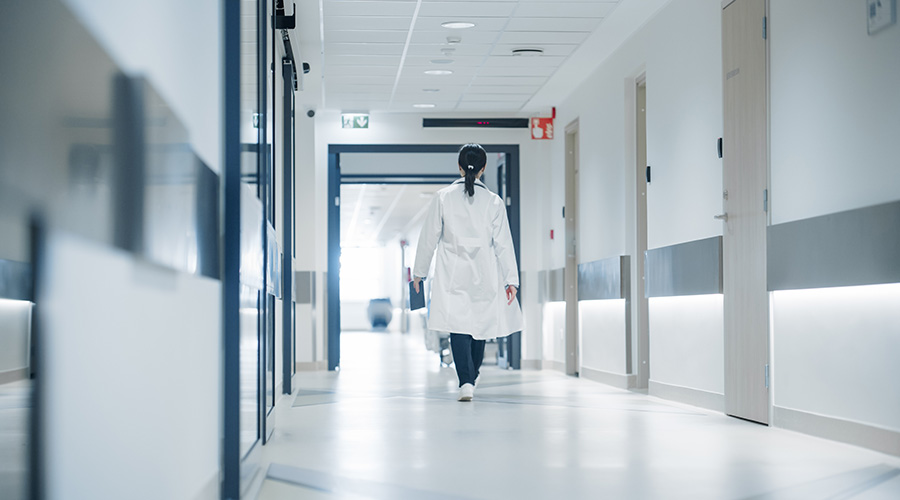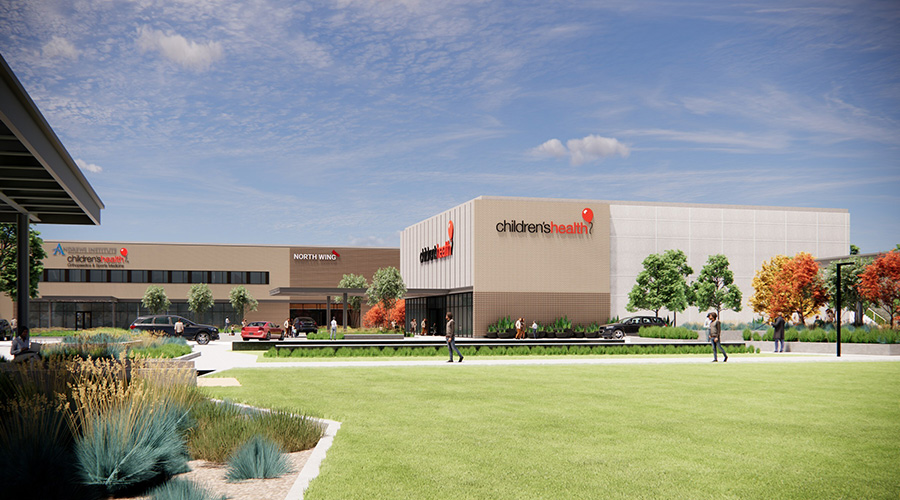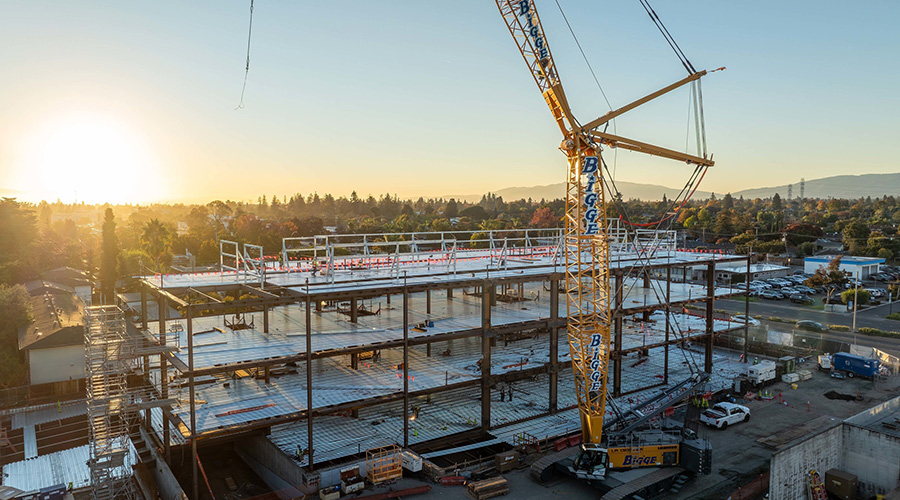Engineers at a Kentucky healthcare facility used a UV-C system to remove organic growth on the outer and inner surfaces of a heating coil, restoring heat transfer efficiency, according to an article on the ACHR News website.
The facility struggled to keep the hospital’s cafeteria cool in the humid climate. Condensate in the air-handling unit serving the food service area was leaving a residue in the coil — a buildup that reduced airflow through the unit nearly 30 percent.
Eventually UV-C technology was used to eliminate microbial and organic material buildup on cooling coils, air filters, duct surfaces, and drain pans.
The UV lamps were installed on the downstream, air-exiting side of the coil, where they are most productive killing mold and bacteria and degrading all other organic materials.

 Spaces That Support: Patient-Centered Design for Modern Reproductive Health
Spaces That Support: Patient-Centered Design for Modern Reproductive Health Modernization of Buildings Require Collaboration Across All Disciplines
Modernization of Buildings Require Collaboration Across All Disciplines Children's Health Announces Plans for RedBird Specialty Center in Texas
Children's Health Announces Plans for RedBird Specialty Center in Texas How Can Healthcare Facilities Use Efficiency to Drive Climate and Health Goals?
How Can Healthcare Facilities Use Efficiency to Drive Climate and Health Goals? El Camino Health Rehabilitation Hospital Officially Tops Out
El Camino Health Rehabilitation Hospital Officially Tops Out